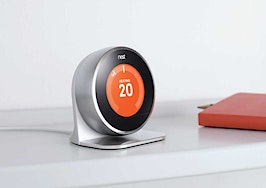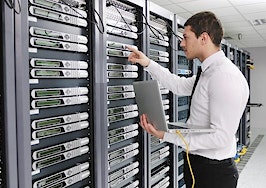Takeaways:
- 81 percent of respondents said they would be more likely to buy a home if smart technology were already installed.
- Smart home technology is most often utilized in the living room, followed by the bedroom, family/recreation room and kitchen.
- Smart home technology is saving owners an average of $98.30 per month, which equates to more than $1,100 a year.
When eyeing the purchase of a home, more buyers will expect smart home technology — connected lighting, temperature control, remote-access security, smart locks — to already be installed.
According to a survey of 4,000 adults by Coldwell Banker Real Estate and CNET, 81 percent of respondents said they would be more likely to buy a home if smart technology were already installed.
“Smart home technology is influencing the home selling process. In addition to decluttering a home, sellers are upgrading to smart home technology to attract modern buyers,” said Danny Hertzberg, a Miami-based sales associate affiliated with Coldwell Banker.

The firm, along with CNET, predicts this trend will only grow as millennials begin to represent a larger share of homeowners. The survey found that nearly half of millennials ages 18 to 34 own at least one smart home product. Of all the respondents, 28 percent currently own at least one product.
Survey findings show that smart home technology is saving owners on average $98.30 per month, which equates to more than $1,100 a year. However, 55 percent of respondents said their smart home products don’t save them money.
Forty-two percent of parents with children under age 18 have smart home products, with the most popular being security-related technology. Additionally, 59 percent of parents said they’d be willing to pay more for a home with smart home technology installed. This is significantly higher than the 47 percent of those without children.
Overall, smart home technology is most often utilized in the living room, followed by the bedroom, family/recreation room and kitchen.
Of the respondents who did not own smart home products, 42 percent said they would consider purchasing such technology if it would save them at least $500 yearly on utility bills and household expenses. Another 44 percent said they would consider purchasing a product if the technology were less expensive.











